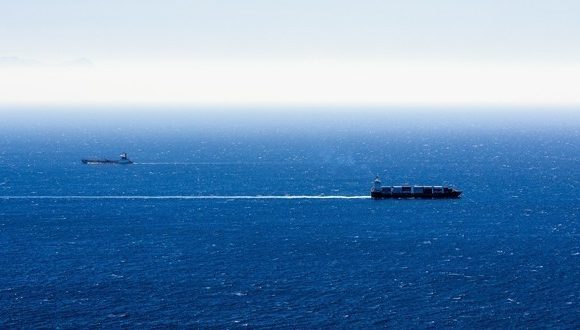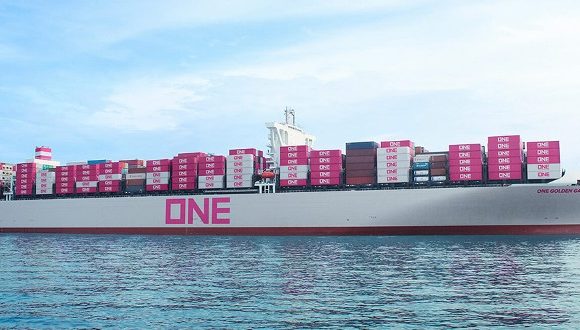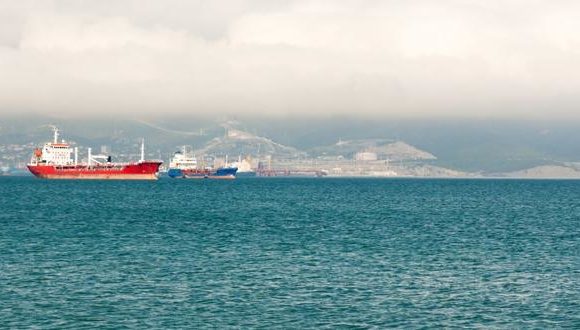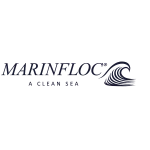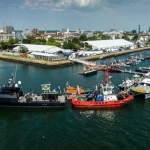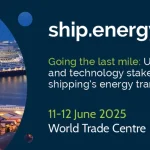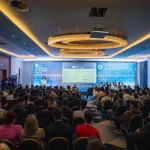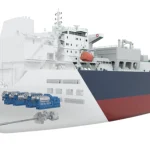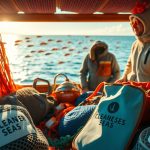Livewires
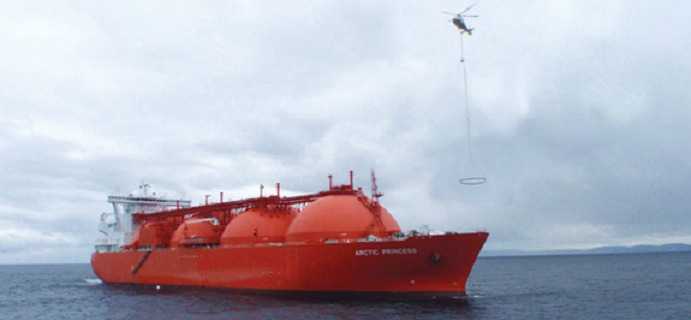
KITTIWAKE PROCAL
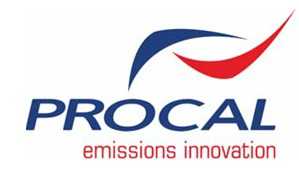
Come 2015, owners operating in emissions control areas (ECAs) will have only three choices to comply with mandatory 0.1% sulphur levels; burn marine distillates, switch to liquefied natural gas; or install a scrubber system. Trouble is, 2015 is only just around the corner so decisions must be made now. And this is – understandably – heightening debate around the efficacy of available technology and emissions measurement techniques.
There are major players in the scrubber supply market such as Wartsila and Aalborg. These are substantial engineering companies with excellent reputations all saying that their scrubbing technology is an effective and viable reality. Ultimately though, proving this depends upon the provision of reliable and accurate measurement.
At present, scrubber guidelines (MEPC 184(59)) allow for two methods of approval, Scheme A or Scheme B. Scheme A demands initial certification of performance followed by periodic survey with continuous operating parameters and daily emission checks to confirm performance in service. Scheme B requires performance confirmation by continuous monitoring of emissions with daily operating parameter checks.
Kittiwake Procal is firmly of the opinion that Scheme B should be the single allowable method. Firstly, despite scrubbers being used ashore and on tankers for many years, this is a relatively new technology for emissions control on ship. To mitigate any technical uncertainty that may exist, despite numerous successful trials, Scheme B gives complete and ongoing assurance of emissions at exit from ship, whereas Scheme A does not. In addition, if continuous emissions monitoring systems (CEMS) are not fitted there is a potential risk that the indirect Scheme A method of monitoring system parameters could result in non-compliant emissions being undetected between daily emission spot checks – particularly undesirable in port and ECAs. Continuous monitoring of exhaust gas emissions is the only way to provide complete reassurance, no matter the type of scrubber system installed. Furthermore, any port state control inspection will be able to readily confirm emissions are compliant under Scheme B using MEPC 184(59) Table 1, whereas under Scheme A, cross reference of unfamiliar operating parameters will need to be made with those in the EGCS technical manual (ETM-A).
With regard to applicability of analysers, whilst CEMS for Scheme B must be approved according to MEPC 184(59), the daily spot checks required under Scheme A risk use of unapproved portable analysers that are neither ranged appropriately for a very low level of SO2 emissions (less than 20ppm) nor meet the performance specifications appropriate for the application. Due to the manual method of obtaining an emissions reading using a portable analyser, there is risk of an inconsistent and non-representative result, not to mention the associated safety risks if an access point to a hot flowing exhaust needs to be opened and a hand held probe inserted.
The European Commission mandates the continuous monitoring of EGCS both under EC Directive 2005/33 and recent proposals to amend the Directive in line with the revised MARPOL Annex VI. With the North American ECA becoming fully implemented in August 2012, the US Coast Guard is consulting on how compliance should be monitored. If their approach is consistent with Europe it will simplify matters for operators of ocean going vessels as it ensures the same methodology regardless of the vessel location. Simplicity really is key. At a time when crew members are being asked to undertake increasing responsibility to meet changing legislation; only robust, reliable tools and technology that need minimal maintenance and resourcing are viable.
Unlike portable analysers, CEMS for SO2 and CO2 are a reliable and mature technology, with a number of commercially available marine systems approved according to MEPC 184 (59). To ensure ongoing emissions compliance it is vital to take into account 2015 ECA requirements and that there is already a need to meet a limit equivalent to using 0.1% sulphur fuel in European ports. CEMS must therefore be ranged appropriately to measure the low levels of SO2 that will be found in the exhaust stream i.e. less than 20ppm. The measured concentration should also fall between 15% and 100% of the measurement range used. This will ensure future proofed accurate monitoring and simplifies matters for ship operators (same analyser requirements regardless of where vessel is located).
In addition, Kittiwake Procal recommends against time share extractive CEMS sequentially monitoring multiple exhausts as there is risk of missing non-compliance, particularly during transient operation when another exhaust is being monitored.
In summary, the argument centres around the provision of accurate and reliable measurement that provides a simple means of determining compliance, and the adoption of the same methodology regardless of vessel location, providing reassurance and clarity. Ultimately, the clock is ticking and whether shipowners and operators choose to switch between high and low sulphur fuel or install a scrubber, CEMS has a central role to play.

